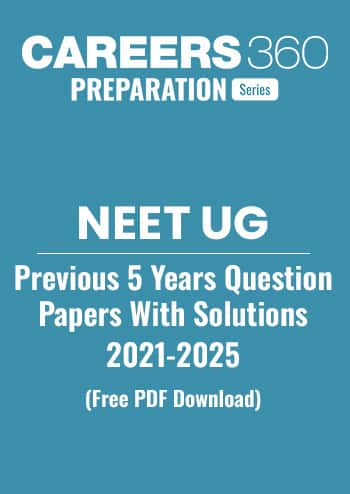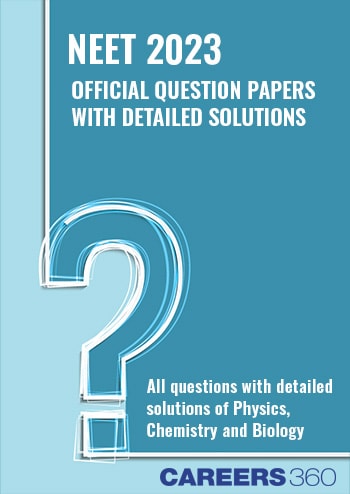Mutations and Their Freatures MCQ - Practice Questions with Answers
Quick Facts
-
Mutations & Their Features is considered one of the most asked concept.
-
31 Questions around this concept.
Solve by difficulty
Which one of the following is a wrong statement regarding mutations?
Under which of the following conditions will there be no change in the reading frame of the following mRNA?
5' AACAGCGGUGCUAUU 3'
Point mutations occur when a single nucleotide in the DNA sequence is changed, and the resulting protein may or may not contain a new amino acid as a result.
One nucleotide is replaced by another in substitution mutations, a form of point mutation that may or may not alter the amino acid sequence of the resulting protein.
How can mutations be classified based on their effect?
Rate of mutation is affected by :
Concepts Covered - 2
- Mutation is a phenomenon which results in alteration of DNA sequences and consequently results in changes in the genotype and the phenotype of an organism.
- In addition to recombination, mutation is another phenomenon that leads to variation in DNA.
- According to the origin, mutations can be:
- Spontaneous mutations: These occur randomly, naturally and automatically due to internal factors
- Induced mutation: These are produced in response to specific external factors and chemicals
- The smallest part of a gene that can undergo mutation is known as muton. A muton can be as small as a nucleotide.
- Most of the gene mutations involve a change only a single nucleotide or nitrogenous base. These mutations are called point mutations.
Features of Mutations:
- It is a change in the number or arrangement of the nucleotide sequence of a gene.
- It is a heritable change in DNA sequence.
- Mutations can be harmful, beneficial, or have no effect.
- A mutation results in the appearance of a new heritable characteristic in an individual.

- Mutagenesis is the process of inducing mutations through a number of physical, chemical or biological agents.
- The agents that cause mutations are called mutagens.
Types of Mutagens:
- Physical Mutagens:
- X-rays, gamma rays and cosmic rays are ionizing radiation.
- They ionize the water of the cells to release free hydroxyl radicals.
- The hydroxyl radical is a powerful oxidizing agent. It oxidizes the phosphodiester bond of DNA and induces mutations.
- It can cause break in one or both the strands of DNA; loss of section of chromosome and fatality if remain unrepaired.
- UV rays are non-ionizing radiation. These induce the formation of thymine dimer.
- Formation of thymine dimer changes conformation of DNA.
- Chemical Mutagens:
- Intercalating agents:
- The chemical intercalates or slips in between the two base pairs in double stranded DNA helix.
- It alters the morphology of DNA at the point of insertion, thereby increasing the chances of mutations during DNA replication.
- For example, ethidium bromide.
- Nitrous Acid:
- It is a deaminating agent which changes cytosine to uracil, guanine to xanthine and adenine to hypoxanthine.
- Hypoxanthine mis pairs with cytosine. Similarly, C-G is replaced by U-A.
- Base analogues:
- These resemble the normal bases of DNA and get incorporated into DNA during DNA replication.
- Common base analogues are 5-bromouracil and 5-fluorouracil, that are substitutes for thymine.
- 2-aminopurine is an analogue to adenine.
- Intercalating agents:
- Biological Mutagens:
- Transposons and insertion sequences are biological mutagens.
- Viruses can cause mutations in the DNA of host cells, resulting in cancer.
Study it with Videos
"Stay in the loop. Receive exam news, study resources, and expert advice!"














